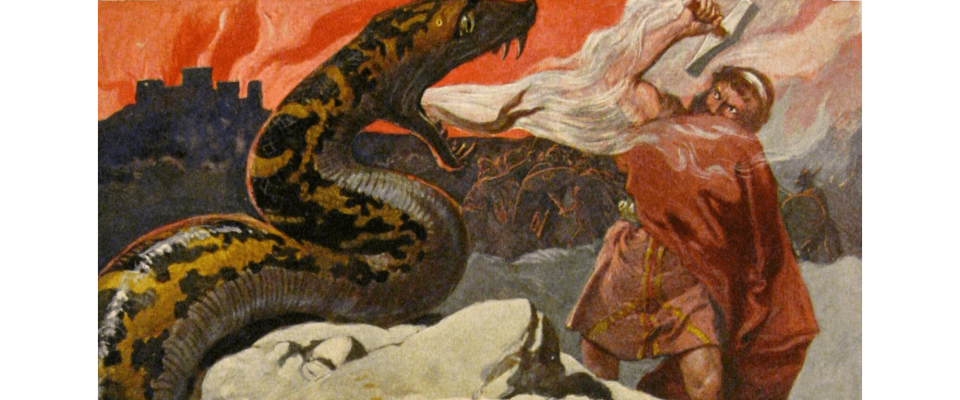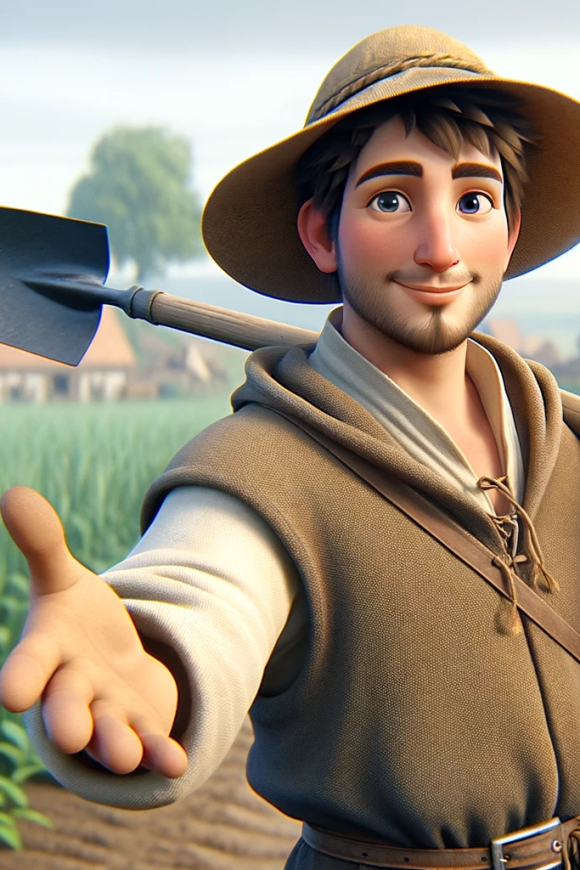Did the Vikings believed that dragons existed? There are mentions of dragon-like creatures in their myths. However, their concept of a dragon differs from modern concepts in some key ways. Among the dragons mentioned in Old Norse dragon stories are Nidhoggr, Fafnir, and Midgardsormr. The hero Ragnar Lothbrok takes his name from the pants he is wearing when he defeats a dragon.
Old Norse Depictions of Dragons
Among the words that Old Norse uses for dragons are “dreki” and “ormr.” According to Robert Cutrer, the Greek roots of “dreki” give it the meaning of “seeing clearly” or “flashing of the eyes.” The Indo-European roots of “ormr” mean “to turn.” Depictions on pre-christian art of dragons show them without wings or legs. Dragons are, in essence, snakes or worms as “ormr” would suggest.
The Dragon Nidhoggr
Nidhoggr has feathered wings, which enable Nidhoggr to fly. Nidhoggr, whose name means “curse-striker” or “he who strikes with malice,” lives beneath Yggdrasil, feasting on its roots. The dragon’s actions harm the tree, and Nidhoggr hopes the universe will fall into chaos, so he can regain his rightful place among the giants.
Dwarf and Dragon, Fafnir
Fafnir was one of three sons of the dwarf king Hreidmar, whose riches were legendary. The youngest sibling, Fafnir was charged with guarding the king’s treasury. Fafnir killed his father and took the hoard for himself. He transformed into a dragon to protect his treasure. Eventually, Norse hero Sigurd slays Fafnir, who remains in dragon form.
Midgardsormr: Encircling Midgard
Midgardsormr is the snake that surrounds Midgard, biting its tail. When it releases its tail, Ragnarok will be unleashed. It is also called Jörmungandr, but Professor Jackson Crawford points out that this is not a name. Jörmungandr means “giant monster.” Midgardsormr is one of Loki’s three children by the giant Angrboda. The other two are the wolf Fenrir and Hel. Odin threw the Jörmungandr into the sea around Midgard, where it grew so large.
Vikings and Dragons
Vikings and Dragons had an interesting relationship. While dragons themselves were always evil, many of their qualities were noble. Kings were given the qualities of watchfulness, fearlessness, and powerful orators, and these were related back to the dragons of Old Norse stories.
Sources:
https://vikingr.org/other-beings/fafnir
https://en.wikipedia.org/wiki/J%C3%B6rmungandr
https://www.worldhistory.org/Ragnar_Lothbrok
https://norse-mythology.org/gods-and-creatures/giants/nidhogg/



